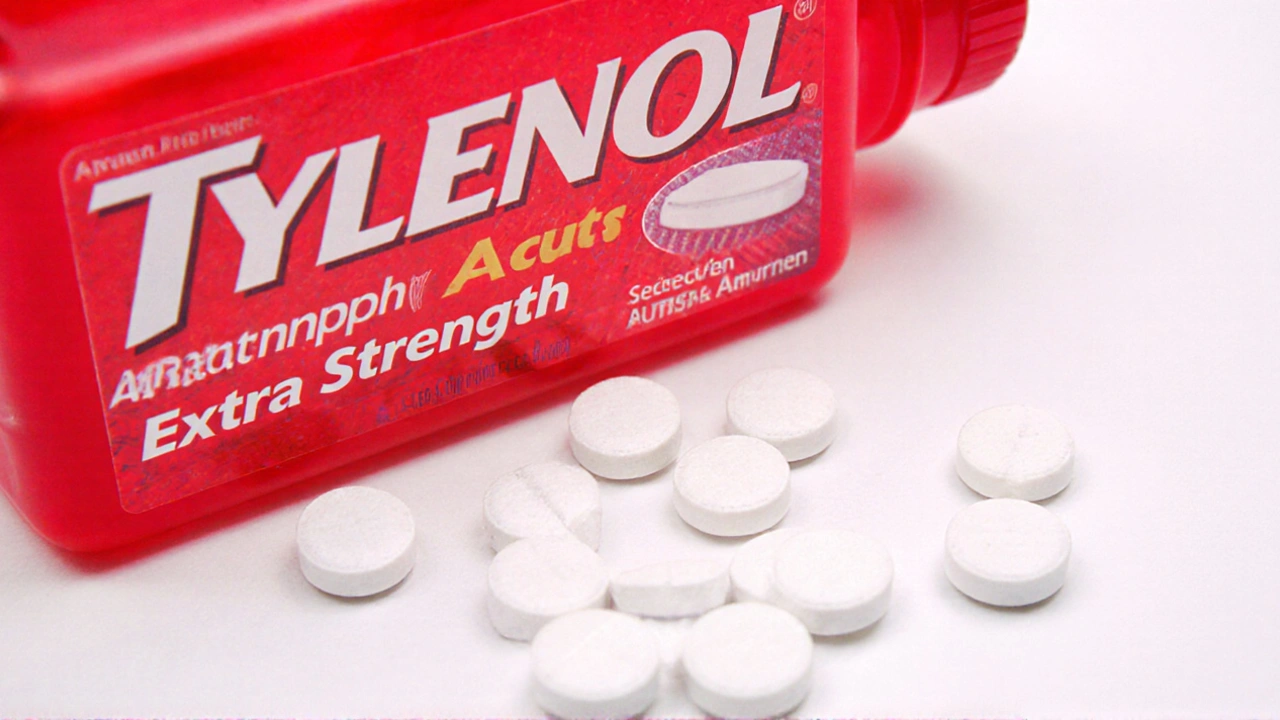Acetaminophen and Autism – Quick Facts for Parents
If you’ve seen headlines linking acetaminophen (the active ingredient in Tylenol) to autism, you’re not alone. The idea pops up in social feeds, parenting forums, and even news sites. Let’s cut through the noise and give you a clear picture of what the science says, how to use acetaminophen safely, and what other options exist for managing fever or pain in kids on the spectrum.
What the Research Actually Shows
Several studies have looked at whether acetaminophen exposure in pregnancy or early childhood raises autism risk. A few small studies found a statistical link, but larger, well‑controlled research generally hasn’t confirmed a cause‑and‑effect relationship. In other words, the evidence is mixed and far from conclusive. Most experts agree that more rigorous, long‑term studies are needed before drawing firm conclusions.
One reason the results vary is how the data were collected. Some studies rely on parent‑reported medication use, which can be inaccurate. Others don’t fully account for other factors like genetics, infections, or additional medications. That’s why health agencies such as the CDC and the American Academy of Pediatrics still consider acetaminophen a safe, first‑line fever reducer when used as directed.
Practical Tips for Using Acetaminophen Safely
Even if the autism link remains uncertain, acetaminophen is a useful tool for many families. Here’s how to keep it safe:
- Follow the dosage instructions on the label or the one your doctor gave you. Weight‑based dosing is the most reliable.
- Never give more than one medication that contains acetaminophen at the same time (e.g., cold syrup and pain reliever).
- Keep a record of every dose you give, especially if you’re caring for more than one child.
- If your child has liver issues or is on other medications, talk to a pediatrician before using acetaminophen.
When your child has a fever, check if the temperature actually needs treatment. A mild fever often helps the body fight infection and isn’t dangerous on its own. If the child is uncomfortable, restless, or has trouble drinking fluids, that’s usually a good sign it’s time for a dose.
Alternatives and Complementary Approaches
For families who prefer to limit acetaminophen, there are other ways to manage discomfort:
- Ibuprofen – another over‑the‑counter option, but it should not be given to infants under six months or to kids with certain medical conditions.
- Cool compresses – applying a cool (not cold) cloth to the forehead can bring down a fever gently.
- Hydration – warm soups, water, or electrolyte solutions keep the body cool from the inside.
- Restful environment – dim lighting and a quiet room help a child recover faster, especially if sensory sensitivities are present.
Always discuss any switch in medication with a healthcare professional. They can help you weigh the benefits against any potential risks for your child’s specific health profile.
When to Call the Doctor
If your child’s fever reaches 39.5 °C (103 °F) or higher, or lasts more than 24 hours without improvement, it’s time to seek medical advice. Same goes for any new or worsening symptoms – rash, difficulty breathing, persistent vomiting, or unusual behavior. For children on the autism spectrum, sudden changes in routine or heightened sensory distress during illness may also signal the need for professional guidance.
Bottom line: acetaminophen remains a widely used, generally safe medication for reducing fever and pain. The alleged link to autism is still under investigation, and current guidelines don’t advise stopping its use unless a doctor tells you otherwise. By dosing correctly, monitoring your child’s response, and keeping open communication with healthcare providers, you can make an informed choice that fits your family’s needs.
Acetaminophen and Autism: Trump Administration Presses FDA Label Change Amid Scientific Pushback
The Trump administration is urging the FDA to update acetaminophen labeling after studies linked prenatal use to autism and ADHD. President Trump called the painkiller a "big factor" in the autism rise, while health officials stress the evidence is still associative. Experts warn the signal is weak and caution against sweeping warnings for pregnant women.

